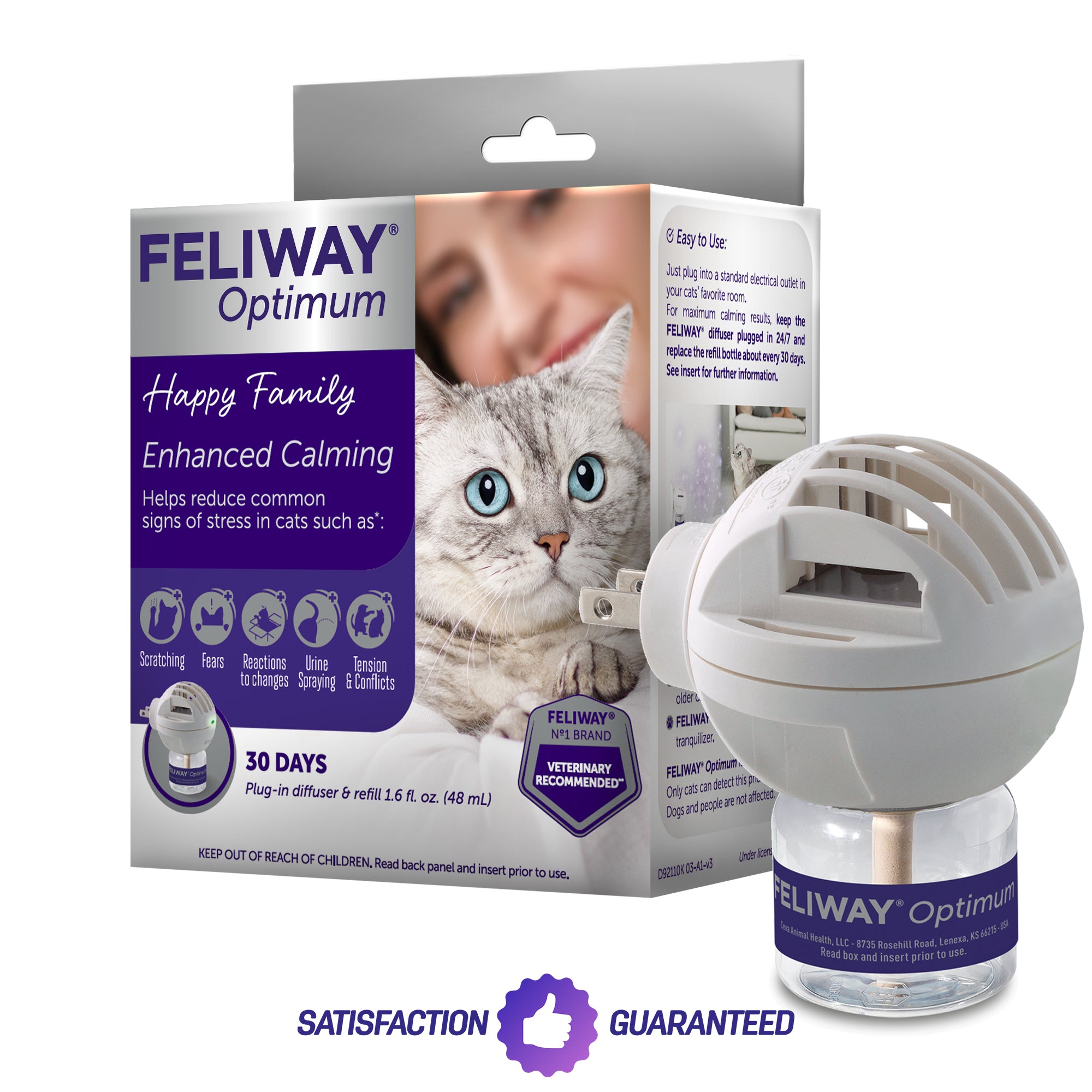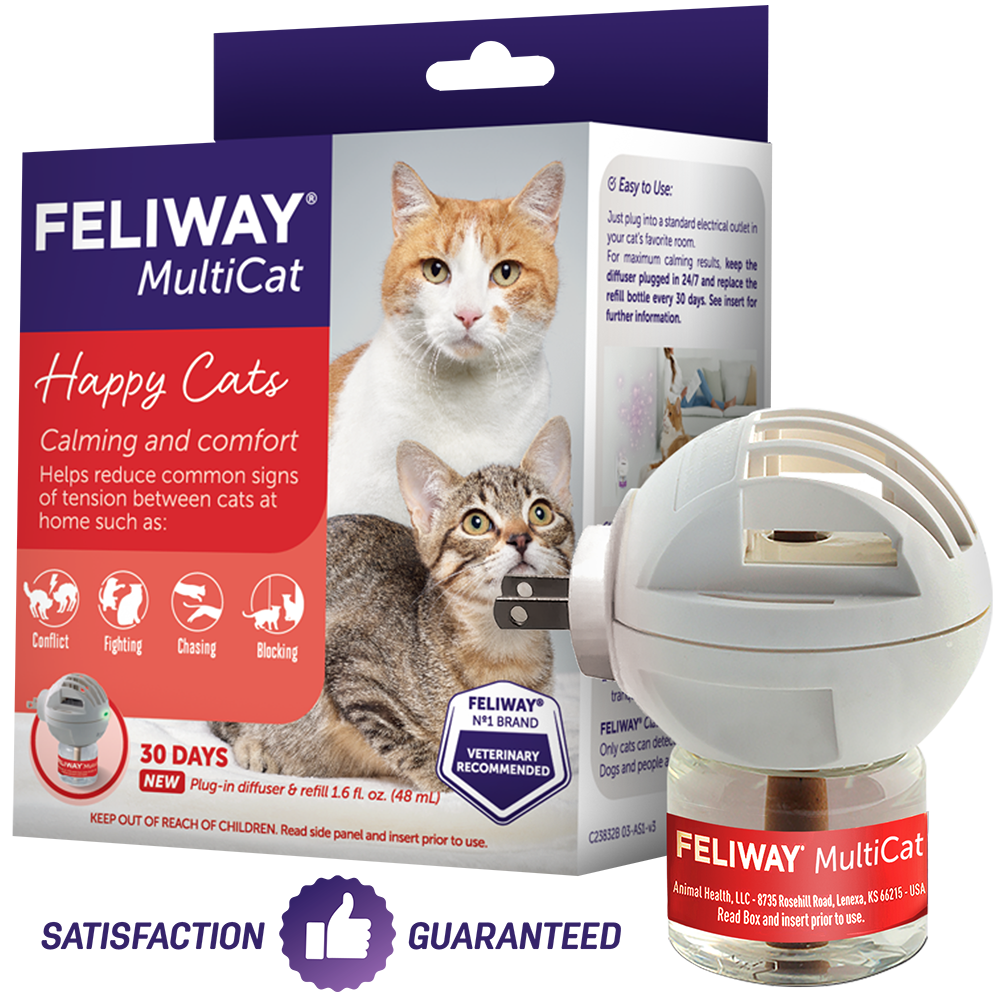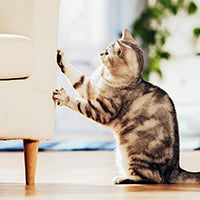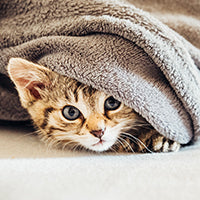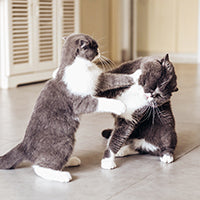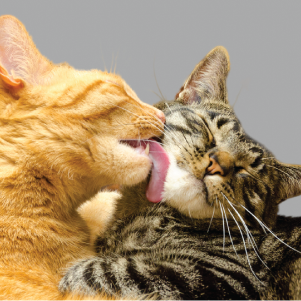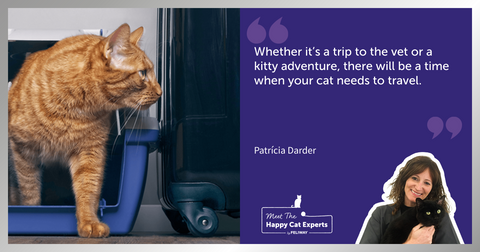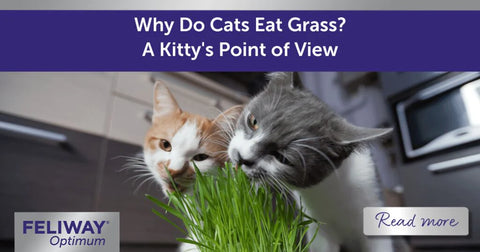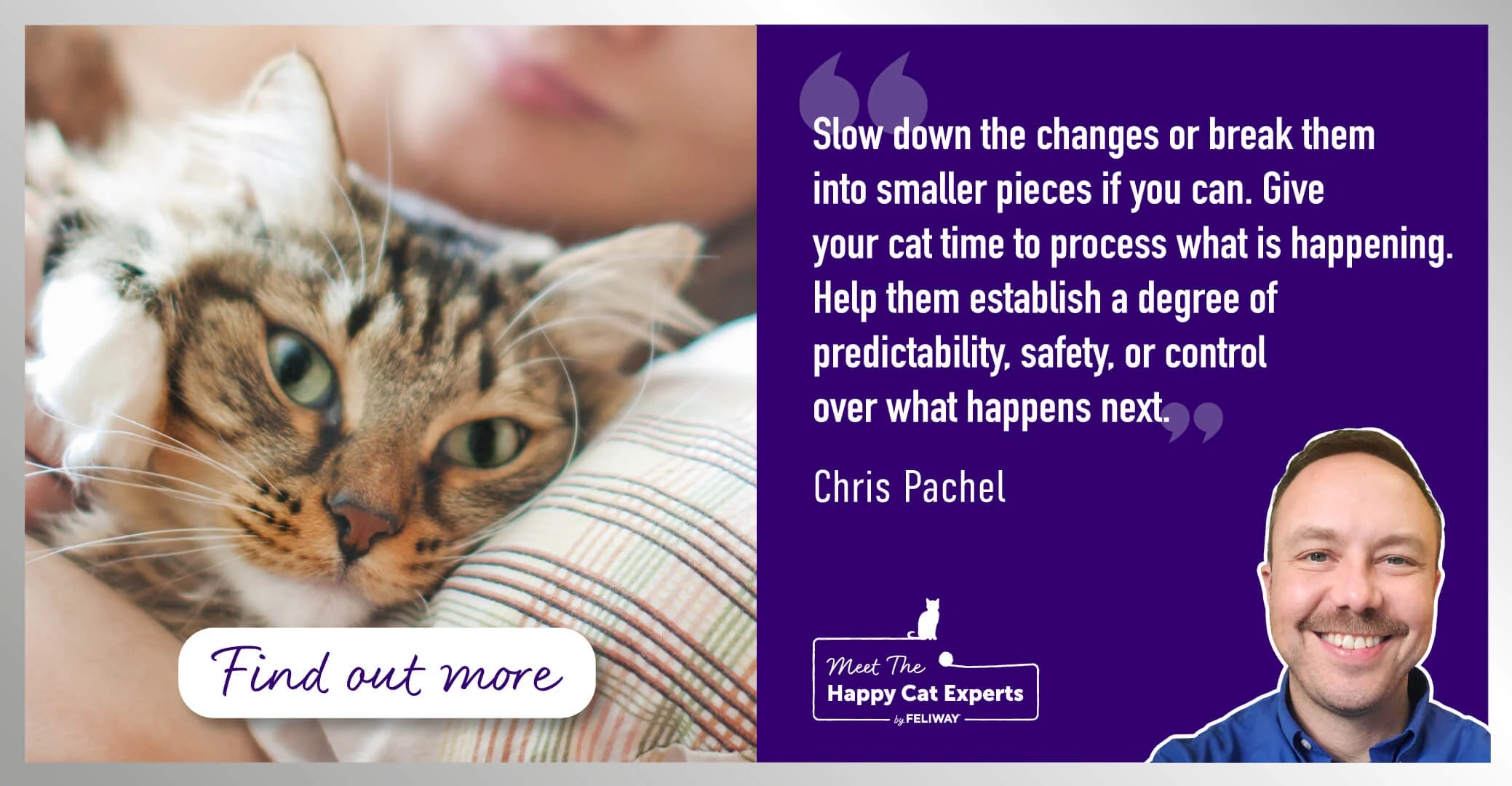
Transitions Are Hard on Cats: Happy Cat Expert Explains How to Help
Cats are creatures of habit. They love their routine: eat, groom, sleep. Eat, groom, sleep. Eat, groom … you get the idea!
They also weave their routines around their owners’ schedules — they know when you wake up, when you are supposed to feed them, and when play time begins. This means that any new scenario has the potential to cause stress because cats may not fully understand the circumstances that are changing around them.
For example, your cat may now be accustomed to you working from home during the pandemic, which could cause them anxiety when you return to working in the office. Or perhaps you’re getting ready to move into a new home or welcome a significant other to live with you, leading to boxes strewn throughout your home and your cat’s favorite resting places are not available.
And when you are feeling job or relationship stress, your behavior, vocal tone, and emotions may be different from what they normally are, and that can add to the stress that your cat experiences.
How to Tell If Your Cat Is Stressed
Cats show their stress in a variety of ways, through body language, behavior, and social interactions. It can be helpful, interesting, and fun to learn all the ways cats express their emotions!
When stressed, cats may carry their tail low or even wrap their tail around their body rather than holding it straight up in the air (with a little curl or bounce at the tip). Their ears may be turned back or held flat against their head. Their eyes may be dilated or big and round. They may crouch down or slink as they walk. You may see “piloerection,” which is when the hair on their neck and back stands on end and their tail gets extra fluffy. They may lash their tail back and forth, showing they’re agitated.
This assumes of course that you can actually see your cat, which may not be the case because felines will often hide when they’re stressed. (Try finding your cat when a new person enters your house!) You can also monitor for changes in their meow or other vocalizations, as these may shift in response to stress too. Any of these changes in behavior can be a tip-off that your kitty isn’t feeling completely comfortable with what is happening around them.
How to Help Your Cat Adjust
First, know that cats show these signs of anxiety because they are on high alert and unsure how to navigate their new circumstances safely. Anxiety, by definition, is an apprehensive anticipation of possible threat. It’s up to you as their trusty owner to help them through this transition.
Slow down the changes or break them into smaller pieces if you can. Give your cat time to process what is happening. Help them establish a degree of predictability, safety, or control over what happens next.
However big or small the change, you can use familiar activities and interactions to establish new expectations. These may include:
- Perhaps your routine is that you store the cat’s treats in a kitchen cabinet and always give them one (or two) while you’re cooking your own dinner. Stick to that. Keep the treats in a similar location in the new home and follow your established routine.
- If you always play on the couch with a specific cat toy at a specific time of the day, stick with that routine on a new couch to help your cat acclimate to new furniture.
- Or, if your schedule has changed, you can stick with the same toy and play in the same way but at a new time of day, as you get your cat used to the new routine.
- If your cat likes having you around but you suddenly work in an office all day again, leave a shirt that you wore but didn’t wash — so it still smells like you — in a spot where your cat likes to sleep, like your bed or the back of the sofa. This will give an impression of your ongoing presence even when you’re away.
And always make sure your cat’s needs are being met appropriately, so you don’t create additional stress. Do they have easy access to a litter box that they don’t have to share with multiple cats? Can they access their food and water without feeling the
need to compete? Can they find a private spot for a nap when they need it?
Providing enrichment to your cat throughout their day can also reduce their stress. This includes having plenty of opportunities to climb, look out windows and chase toys. Some cats enjoy learning too, and trick training (like giving a high-five or fetching and bringing back a toy) can not only provide hours of fun, but it can also be used as part of a new routine to offer reassurance.
Lastly, be patient. As your cat transitions to the new routine, let them set the pace. It could take a few weeks before new patterns are established and they feel completely comfortable again.
When to Try Support
If your cat doesn’t seem to be adjusting, you may want to consider pheromones, such as FELIWAY Optimum, which is vet recommended to help cats stay serene in times of stress.
Should I try medication?
Supplements or over-the-counter remedies may also help calm your kitty, but always check with your veterinarian first. Prescription anti-anxiety medications from your veterinarian are also an option, if more profound support is needed to help your cat adjust. Keep in mind that any of these supportive options should be used in combination with environmental or behavior modification strategies for the best effect.
Life is full of transitions, and our cats must go through those with us. You have an opportunity to provide them comfort through routine and predictability. In turn, you’ll receive years of purrs and happy meows.
